‘Is there life out there?’ This man’s in charge of trying to find out
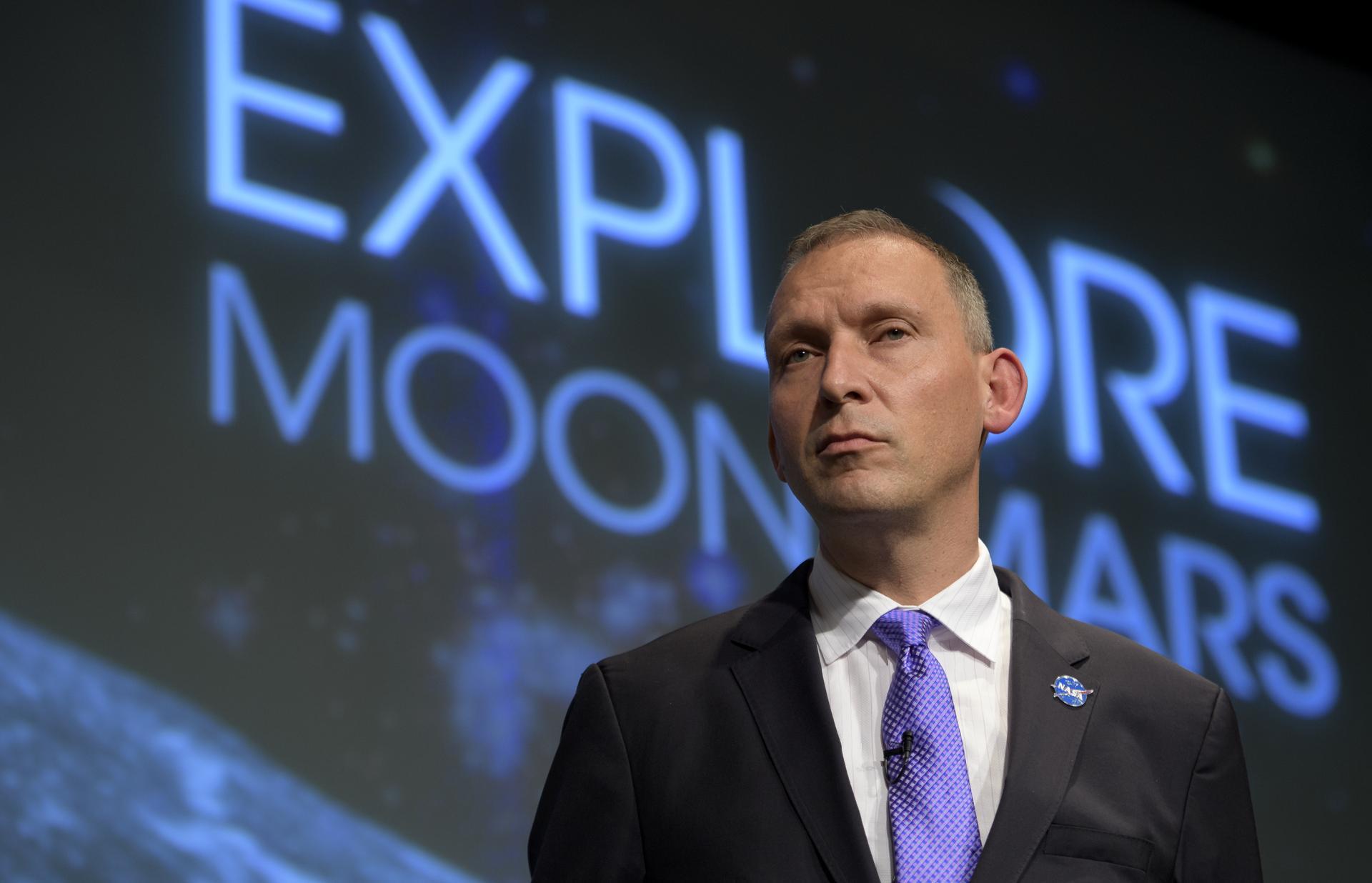
Thomas Zurbuchen’sExternal link job is to worry. As the associate administrator of NASA’s Science Mission Directorate, he oversees a $7 billion per year programme of one hundred missions for which thousands of scientists work toward NASA’s goal of answering the biggest questions of the universe.
“We’re spending taxpayers’ money, the whole world is watching, and we want to be successful, especially in missions where we bet our agency,” Zurbuchen says.
Last month, Zurbuchen returned to Bern to celebrate the 50th anniversary of the first moon landing and the University of Bern’s iconic Solar Wind Composition experiment, a 1.4 meter by 0.3 meter foil planted in the surface of the moonExternal link to better understand solar activity.
“We do research to discover secrets of the universe,” says Zurbuchen, who received his master’s degree and Ph.D. in physics from the University of Bern, in the Swiss capital. “We learn about questions that are usually in the realm of philosophers. We learn about religion. We learn about them and address them with the tools of science.”
He sat down with swissinfo.ch to discuss some of those questions.
The interview has been edited for clarity and length.
swissinfo.ch: What message would you like to extend to the public about the 50th anniversary of the moon landing?
Thomas Zurbuchen: Of all the activities we could be doing as humans, research is one of the most worthwhile. More should do it, especially young leaders of all ages and genders and backgrounds. It lets us understand nature better, it creates opportunities to solve problems we won’t encounter until the future.
For example, one of the first Earth science satellites NASA put into orbit allows us to understand weather in Bern today. There’s no way to understand it without understanding the context of the entire Earth. The physical processes, the emissions, the natural and human-based aspects that affect weather, we learned that primarily from the staging ground of space, but that was not what drove that first mission.
swissinfo.ch: How did the University of Bern’s Solar Wind Composition experiment contribute to our understanding?
T.B.: The solar wind experiment taught us about the composition of the sun; we could put constraints on the big bang, the very beginning of the universe.
Also, the lineage of that experiment led to job creation in Switzerland. In Bern, highly sensitive mass spectrometersExternal link were designed to access and analyse the electrically charged particles that were collected in the solar wind experiment. At least two companies built by students studying with me in Bern, who had jobs focused on mass spectrometers from that lineage of instruments, are looking at car emissions, at safety of gases in hospitals, at the analysis of health and other data using that very technology.
swissinfo.ch: How is Switzerland assisting NASA’s current missions?
T.B.: There are experiments flying on NASA missions that were built here. On the solar wind side, there is no calibration chamber in the world that is better than this one in Switzerland. Every mission that does those kind of measurements, including the IMAP missionExternal link that will launch in 2024, come here to be calibrated. Switzerland also provides sophisticated technology. With the Mars 2020External link mission, set to launch in less than one year, the rover’s wheels and the arm that will bring instruments to the ground and pick up samples have motors that are built in Switzerland.
swissinfo.ch: NASA just announced its Dragonfly missionExternal link to Saturn’s moon, Titan. Why is this an important mission right now?
T.B.: There’s a question in that “secrets of the universe” realm that’s really boggling our minds. It has to do with the question: “Is there life out there?”
Ocean worlds, moons of giant planets, these are the most surprising things we’ve found in the last 20 years. Enceladus, Europa and Titan are worlds that have analogies to early Earth.
On Enceladus, there’s energy at the bottom of an ocean. Hydrogen molecules are coming out, which only happens if there’s enough heat, like early Earth.
We have fewer clues about Europa, but the Europa ClipperExternal link mission of 2023 will allow us to map it and do detailed analysis. It won’t orbit Europa but fly by. Because Jupiter makes radiation, Europa is in the worst environment in the solar system with more radiation than near the sun.
Titan is just crazy. It’s like an oil-spill environment, full of hydrocarbons, all these building blocks of life just snowing down.
In all these, we’re going to go learn about the transition from complex chemistry to life. We don’t really know how to do it, part imaging, part taking mass spectrometry much higher. We think chemical complexity and biology relate because, at the heart of everything, we are proteins that bind up into DNA to make the blueprint of life.
swissinfo.ch: How will NASA work with private space companies?
T.B.: We think that a company like SpaceX or Blue Origin is a success of ours. Just like we don’t build our computers, we can buy services from those companies. We don’t want to shut down our own work and then have nothing. But ultimately, there’s a wonderful engineer, a wonderful scientist, who did X and someone says, “You’re no longer doing X, you have to support this other company doing X or you have to start something new.”
swissinfo.ch: What is NASA’s plan for future astronaut programs?
T.B.: I think the astronaut program will go on. The astronaut program we have now has tremendous diversity. We had the largest percentage of females. This class will fly with private sector-built crew vehicles. From this new class and the one ahead of them, the first woman and the next man will be on the surface of the moon. We think we’ll have more astronaut classes behind them. Also, commercial astronaut programs will evolve. Virgin and Blue and others are doing astronaut training. There’s an expectation that private sector astronauts will reach space this year.
swissinfo.ch: What’s the value in going back to the moon?
T.B.: As a human exploration program, we need to go where we continue learning and pushing the boundaries. We have science and technology questions about the moon today that we didn’t know to ask before.
swissinfo.ch: What’s your dream project?
T.B.: I’d like to fly to another star. I’d like to find life elsewhere, different life. We have just one life right now. We used to have one solar system. Now we have 3,000 solar systems.
NASA’s science program, by the numbers
7: the number of billions of U.S. dollars (6.9 billion swiss francs, 7 billion euros) per year
100: the number of missions, approximately, in development and in space
400: the number of mission leaders
10,000: the number of scientists supported by NASA
20,000 to 30,000: the number scientists and researchers receiving NASA funding
66: the approximate percentage of missions that are international or have international contributions
100: the percentage of missions that make their data available for the whole world
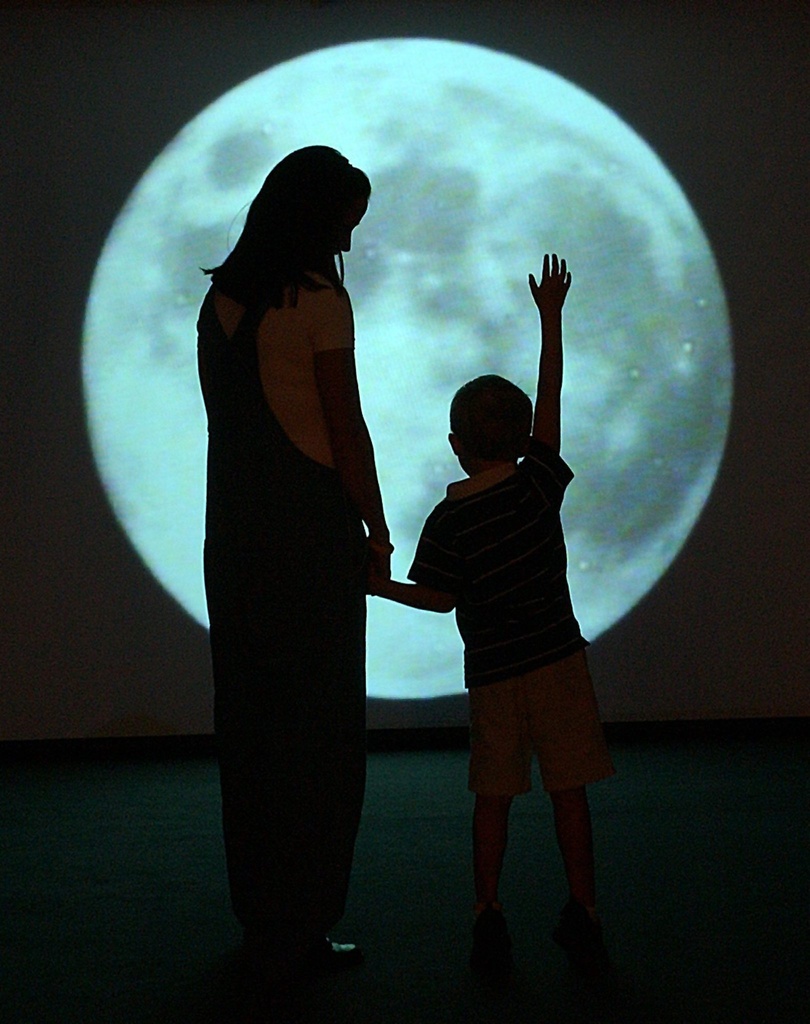
More
Close encounters of the Swiss kind

In compliance with the JTI standards
More: SWI swissinfo.ch certified by the Journalism Trust Initiative
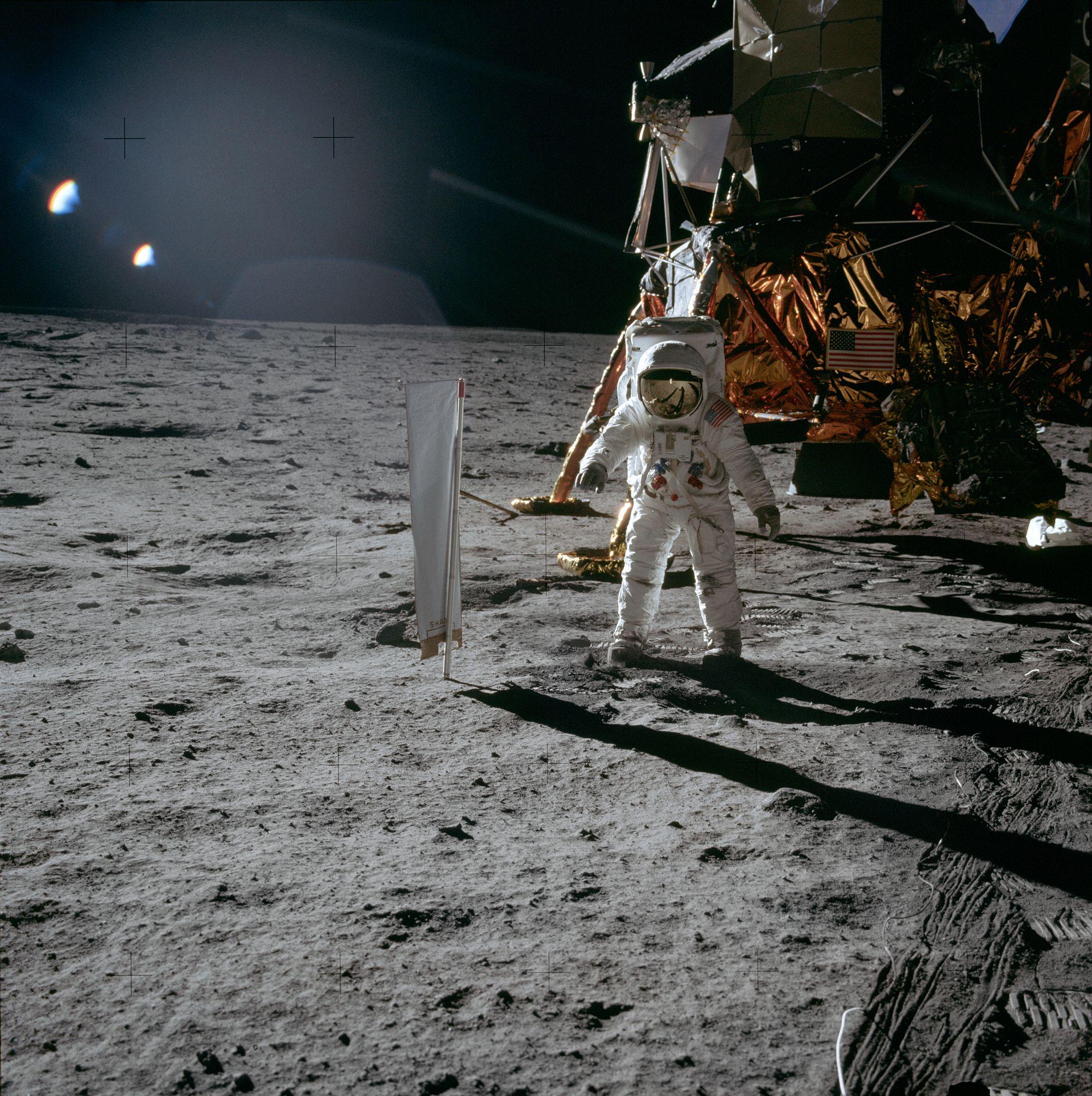
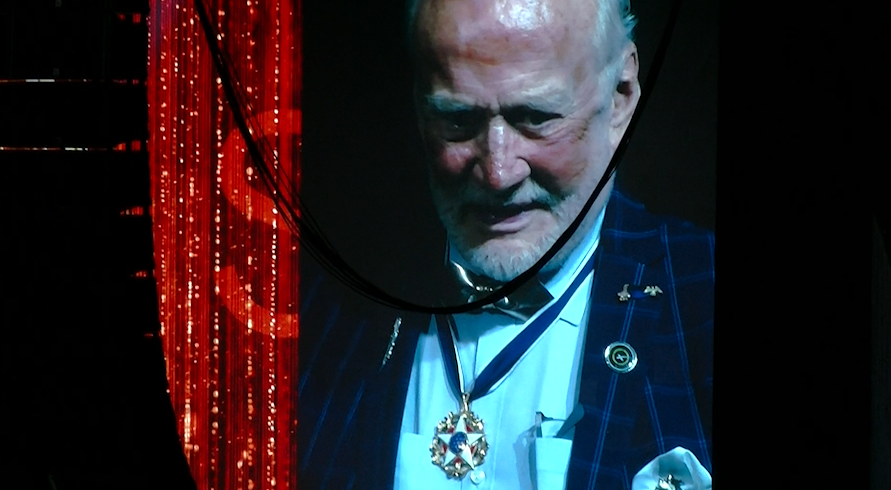
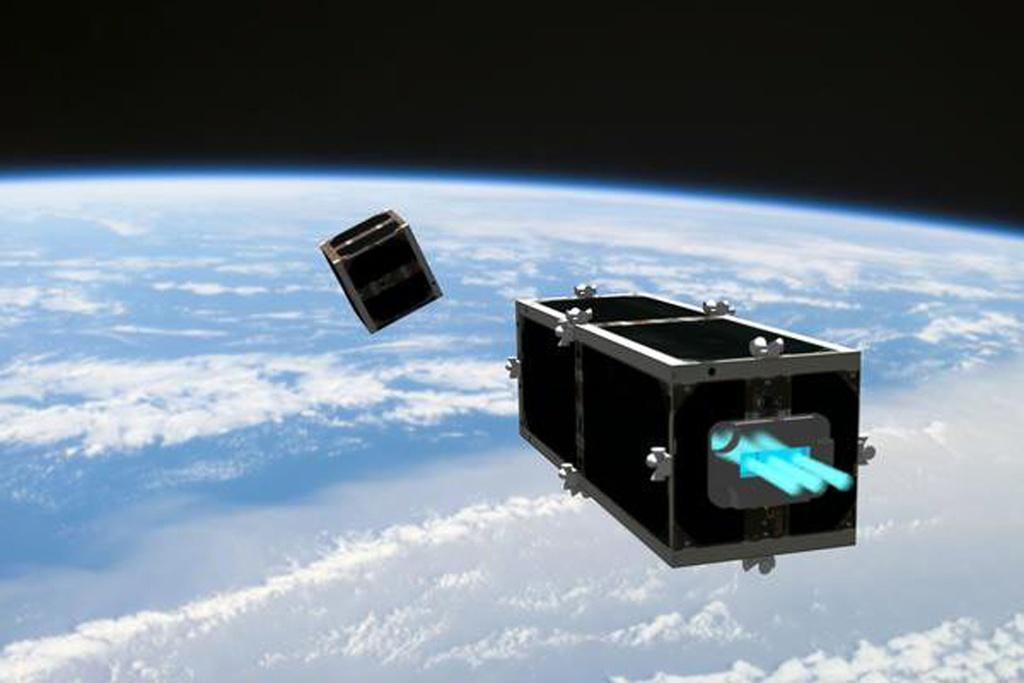
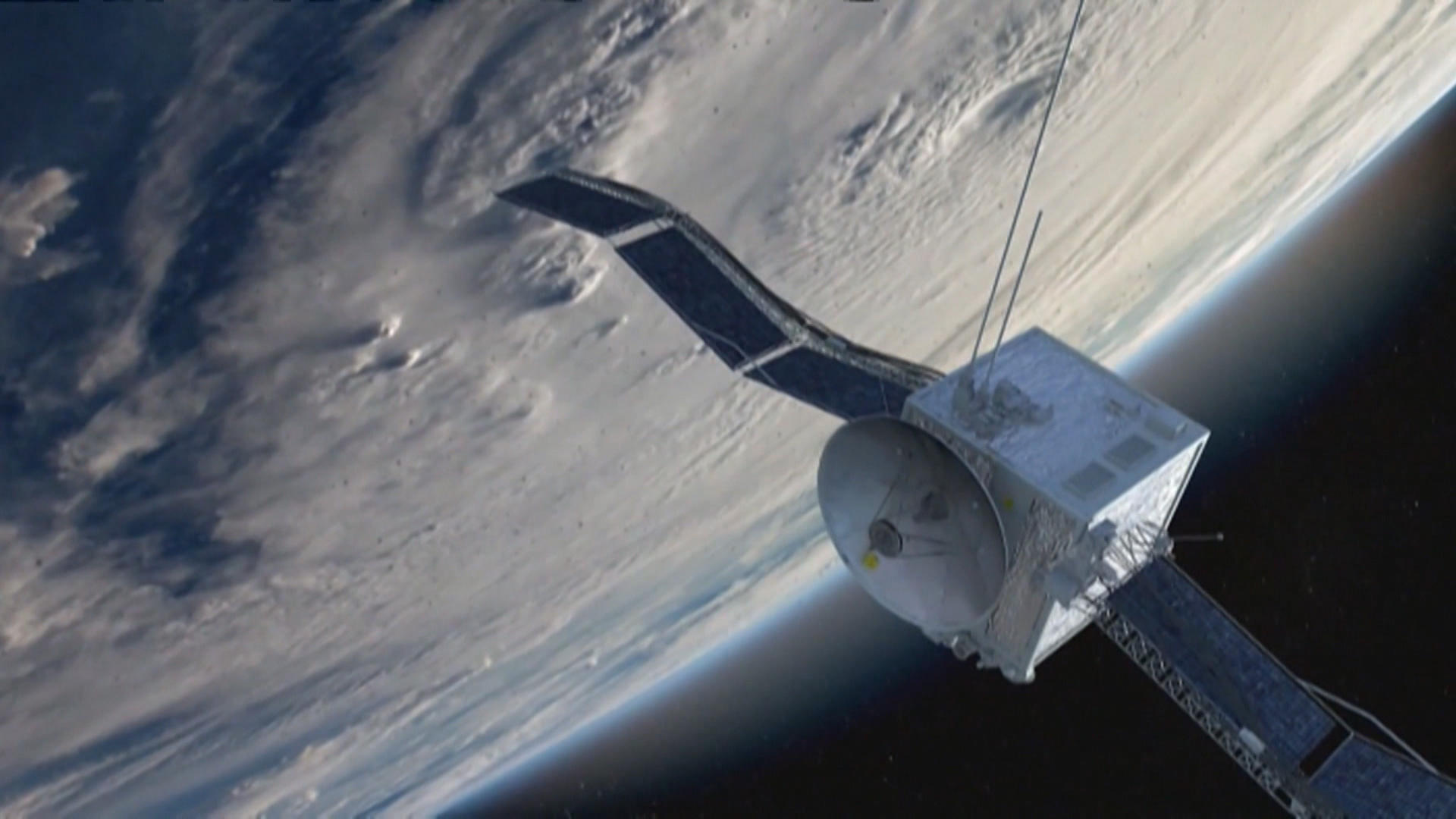
You can find an overview of ongoing debates with our journalists here. Please join us!
If you want to start a conversation about a topic raised in this article or want to report factual errors, email us at english@swissinfo.ch.